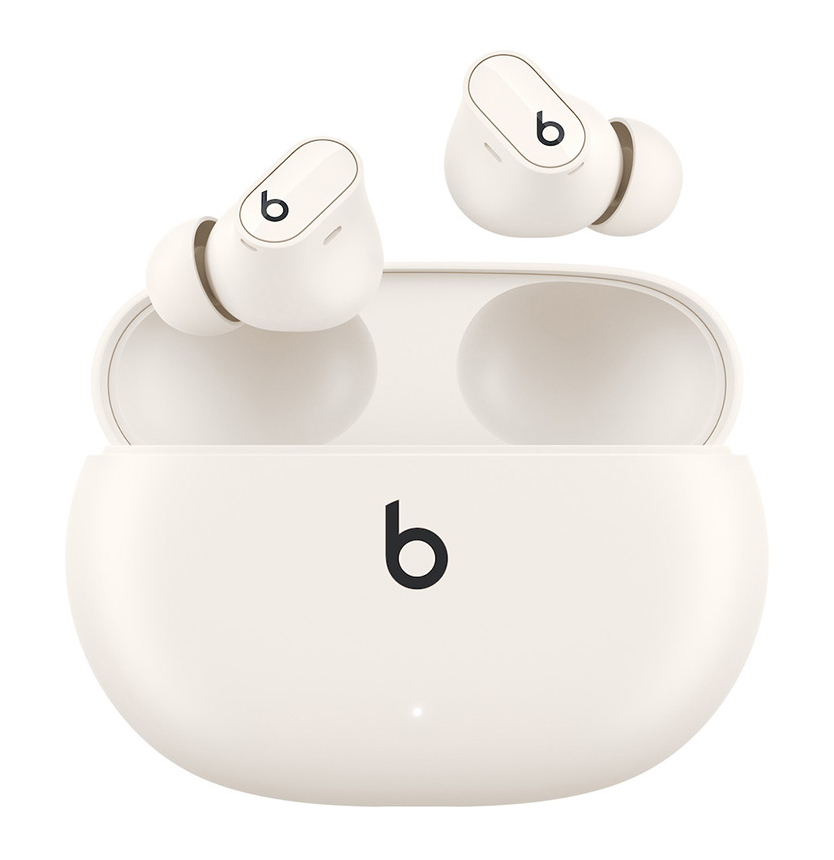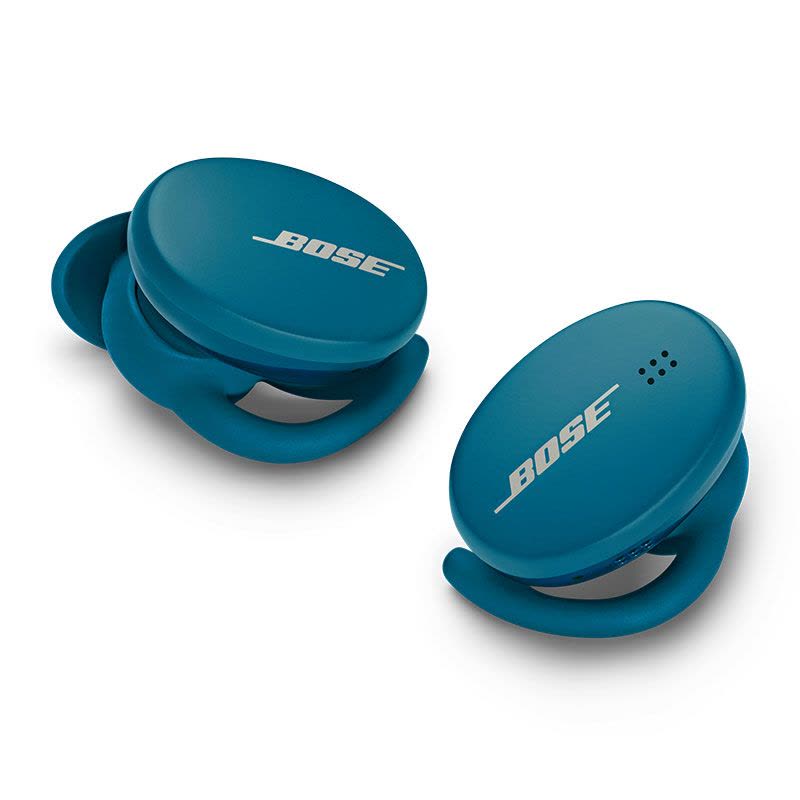Unraveling the Mystery: How Do Wireless Earbuds Work?
Wireless earbuds have become an integral part of the modern listener’s arsenal, providing convenience and freedom from the constraints of traditional wired headphones. Despite their widespread use, the inner workings of these compact audio devices remain a mystery to many. In this article, we will dissect the technology behind wireless earbuds, explore how they connect to your devices, and examine the sound production mechanisms that allow these small accessories to deliver high-quality audio. Understanding the functionality of wireless earbuds can enhance your appreciation of these innovative devices and help you make informed decisions when purchasing or using them.
The Basics of Wireless Connectivity
Bluetooth Technology
At the core of wireless earbud functionality is Bluetooth technology. Bluetooth is a wireless communication standard that allows data to be exchanged over short distances using radio waves. Earbuds equipped with Bluetooth can connect to various devices, including smartphones, tablets, and computers, without the need for physical cables. The earbuds and the audio source pair by exchanging data packets within the 2.4 GHz ISM (Industrial, Scientific, and Medical) band, a frequency range reserved for this type of communication.
Pairing and Data Transmission
Wireless earbuds connect to your device through a process known as “pairing.” During this process, the earbuds and the device recognize each other and establish a secure connection. Once paired, the device transmits audio data to the earbuds, typically using a protocol known as Advanced Audio Distribution Profile (A2DP). This protocol compresses the audio file, sends it to your earbuds, and decompresses it to produce sound. The quality of the audio can vary depending on the Bluetooth version and the codecs supported by both the earbuds and the transmitting device.

Sound Production and Quality
Audio Drivers and Sound Reproduction
The heart of any earbud is its audio driver – the component that converts electrical signals into sound. Most wireless earbuds use dynamic drivers, which consist of a diaphragm, voice coil, and magnet. When the audio signal reaches the driver, it creates a varying magnetic field that causes the diaphragm to vibrate, producing sound waves. The size and material of the driver, along with the overall design of the earbud, play significant roles in the sound quality, affecting the bass response, midrange clarity, and treble precision.
Noise Cancellation and Enhancement Technologies
To improve the listening experience, many wireless earbuds feature noise cancellation technology. Active Noise Cancellation (ANC) works by using microphones to pick up external noise and creating “anti-noise” sound waves that cancel out the unwanted sounds. Passive noise isolation, on the other hand, involves creating a tight seal in the ear canal to physically block outside noise. Some earbuds also include sound enhancement features such as EQ customization, spatial audio, and personalized hearing profiles that can be adjusted via apps for a more tailored sound experience.

Battery Life and Charging Solutions
Powering Wireless Earbuds
Wireless earbuds rely on built-in rechargeable batteries for power. The battery life of earbuds varies widely based on factors such as size, Bluetooth version, and additional features like ANC. Manufacturers strive to balance battery capacity with the compact size of earbuds, often resulting in a trade-off between longevity and wearability. Battery life information is key when considering your usage patterns and needs.
Charging Cases and Methods
To keep the earbuds charged, most come with a portable charging case. This case not only stores the earbuds but also recharges them, often providing multiple full charges before the case itself needs to be recharged. Some cases offer features like quick charging, where a short charging time can provide hours of playback. Additionally, there are cases with wireless charging capability, allowing for convenient charging without the need for cables.

Troubleshooting and Maintenance
Common Connection Issues
Despite the convenience of wireless technology, users may occasionally face issues such as dropped connections, pairing difficulties, or inconsistent audio quality. These problems can often be resolved through simple troubleshooting steps like resetting the earbuds, updating the firmware, or checking for interference from other wireless devices. Understanding the common sources of these issues can help maintain a stable and reliable connection.
Caring for Your Earbuds
To ensure the longevity and performance of your wireless earbuds, proper care and maintenance are essential. This includes regular cleaning to remove earwax or debris, storing the earbuds in their case when not in use, and avoiding exposure to extreme temperatures or moisture. By taking good care of your earbuds, you can enjoy high-quality audio performance over their lifespan.

Optimizing Wireless Earbud Performance
Sound Customization and Hearing Health
To optimize your listening experience, many wireless earbuds offer customization options for sound output. Through companion apps, listeners can alter equalizer settings to boost bass, enhance vocals, or create a balanced soundscape that suits their personal preferences. Advanced models may even feature hearing tests that calibrate audio according to your unique hearing profile, ensuring that you get the most out of your earbuds without compromising your hearing health. Protecting your ears is crucial, and utilizing moderate volume levels is recommended to prevent long-term damage. Some earbuds even come with ambient sound modes that allow external noise to filter through, keeping you aware of your surroundings and reducing the need to crank up the volume.
Seamless Integration with Multiple Devices
For those who use earbuds with more than one device, the ease of switching between a phone, tablet, or computer can be a significant convenience. Modern wireless earbuds are designed with multi-device connectivity in mind, and some even support seamless transitions between different operating systems. Quick pairing features and the ability to remember multiple devices make it easier for listeners to switch audio sources without going through the pairing process each time. Additionally, many earbuds now come with dual or single earbud use capability, allowing users to use one earbud independently while the other remains in the charging case. This feature not only extends battery life but also offers flexibility for those who need to stay alert to their environment or prefer mono audio for calls.

Wireless earbuds offer a combination of advanced technology and sophisticated design to provide users with an immersive and convenient audio experience. From the basics of Bluetooth connectivity and sound production to the intricacies of battery life and device maintenance, understanding how wireless earbuds work can help users get the most out of their devices. As technology continues to evolve, we can expect even greater advancements in wireless earbud capabilities, further unraveling the mystery behind these compact yet powerful gadgets. Whether you’re a tech enthusiast or simply someone who enjoys listening to music on the go, the knowledge of how your wireless earbuds function adds another layer of enjoyment to your daily soundtrack.